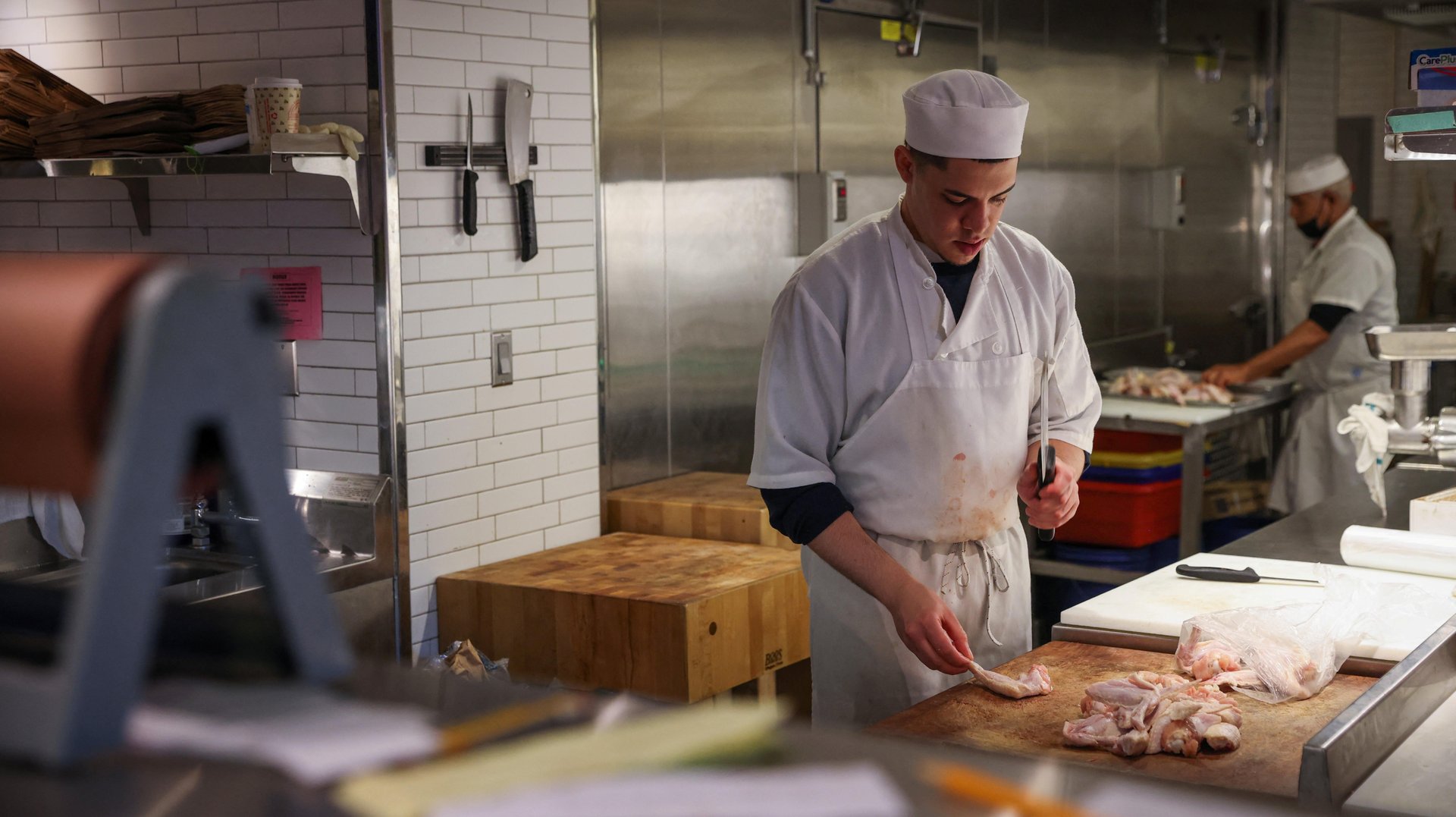The US economy is in a better spot than naysayers believe
There are no signs the country is in a recession or experiencing an inflation spiral.

For weeks, Republicans and conservative commentators have been declaring the US is in a recession, warning that it’s careening towards a worst case scenario of runaway prices and cratering economic activity.
But these recession and stagflation calls may be little more than motivated reasoning. Several indicators released over the past week and a half show little sign the economy is headed that way. Here’s the latest evidence of where the economy is going:
Inflation is slowing down
We are nowhere near an out-of-control inflation spiral. Consumer prices were flat on the month in July as energy prices collapsed. Gasoline prices dropped 7.7%, while fuel oil, which is used to create electricity, fell 11%.
To be sure, July’s inflation rate was 8.5% compared with the same period last year, still a long way off from the Fed’s target an average of 2% over 12 months. But there are signs that prices could cool off even further in coming months.
Not only did US consumers get a break from inflation, but so did producers like manufacturers and farmers. The producer price index fell by 0.5% in July, largely because of a 16.7% drop in wholesale gasoline prices. Economists had expected both producer prices and consumer prices to move up by 0.2%.
“While one number certainly doesn’t constitute a trend, the decline in wholesale prices could indicate that supply-chain bottlenecks are improving,” said Charlie Ripley, senior investment strategist for Allianz Investment Management. “Overall, the data, combined with CPI data earlier this week, is a welcome sign that we could be getting close to or have passed peak inflation.”
The labor market is strong...
If we’re in a recession, it’s one that is generating tons of new jobs—half a million in July. Layoffs remain near record lows, while the rate at which people are quitting their job remains near record highs.
In a reversal of the 2008 recession, employers are hanging on to workers even as output slows in manufacturing and construction.
...Which is helping workers keep up with inflation
Private sector wages and salaries increased by 5.7% on the year in the second quarter after rising by 5% in the first quarter, according to the employment cost index. The Atlanta Wage Tracker—the most up-to-date wages measures in the US—showed that wages had remained steady from June to July and are up 6.7% from 12 months ago.
People who switched jobs got even bigger pay increases—a median 8.5% jump that matches inflation. As long as there are a good number of Americans switching jobs, wage growth will continue at an elevated pace, said Nick Bunker, labor economist at Indeed.
And while some are worried that growth could translate into higher consumer prices, others are convinced the US is in a Goldilocks moment. The strong labor market plus slackening inflation should help the economy avert a recession, they say.
